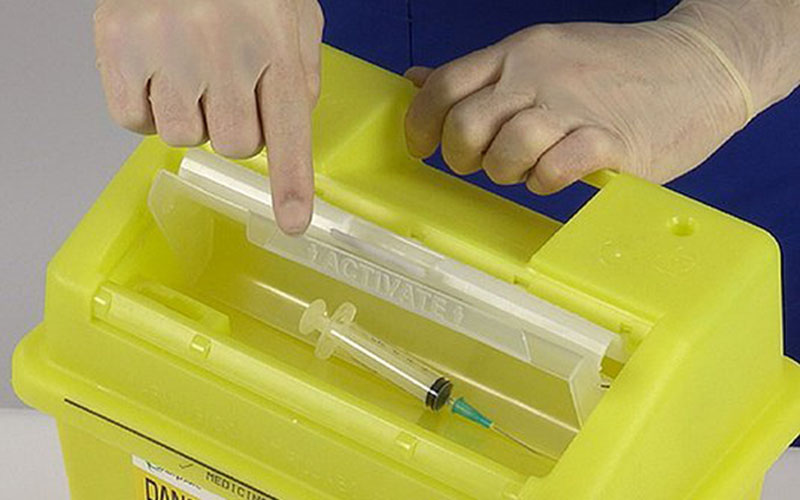Cytotoxic Waste Treatment: Proper Management and Sustainable Solutions
25 October 2023
Explore the essence of cytotoxic waste treatment in achieving proper waste management. Work with Sharpsafe to save the environment. Call us at 03 9458 5118.
Healthcare and medical facilities are often bombarded with various types of waste. Without handling and managing them properly, they can lead to the spread of diseases. They may also pollute the environment. One type of waste that these spaces produce is cytotoxic waste. Proper cytotoxic waste treatment is a critical aspect in the realm of healthcare and medical facilities that demands precision, responsibility, and sustainability.
Cytotoxic waste, often containing hazardous materials, requires specialised handling and treatment to ensure the safety of both people and the environment.
The Need for Proper Cytotoxic Waste Management
There are many reasons why proper cytotoxic waste management is essential. Some of these reasons are as follows.
• Risk Mitigation: Cytotoxic waste can pose serious risks due to its potential toxicity and harmful effects. Proper management minimises exposure, which protects healthcare workers and prevents environmental contamination.
• Regulatory Compliance: Stringent regulations exist to ensure the safe disposal of cytotoxic waste. Adhering to these regulations is crucial to avoid legal consequences and uphold ethical responsibilities.
• Public and Environmental Health: By safely managing and treating cytotoxic waste, the release of hazardous substances into the environment can be prevented significantly, safeguarding public health and ecosystems.
Innovative Treatment Methods for Cytotoxic Waste
To date, numerous innovative treatment methods are available for cytotoxic waste.
One of these methods is incineration. Incineration is a widely used method for treating cytotoxic waste. It usually involves high-temperature combustion that breaks down hazardous materials into non-toxic byproducts. Chemical treatment is another method that can be used to handle cytotoxic waste. It uses reactive agents to neutralise or detoxify cytotoxic waste, rendering it less harmful to the surroundings.
One more method for cytotoxic waste management is autoclaving. It uses high pressure and temperature to sterilise cytotoxic waste, killing pathogens and reducing the risk of contamination.
Those who are handling cytotoxic waste must use proper protective clothing and gear like protective gowns, headwear, gloves, shoes, and goggles to avoid injuries and illnesses. Any clothing that has been contaminated by the said waste must then be separated into labelled laundry bags. Drivers who are assigned to transport cytotoxic waste must be informed that they are transporting them.
Achieve Sustainability in Treating Cytotoxic Waste
Various sustainable solutions can then be implemented to treat cytotoxic waste.
Emphasising waste reduction at the source through efficient inventory management and proper handling, for instance, can minimise the volume of cytotoxic waste generated. Proper storage of cytotoxic waste can likewise lead to sustainable management of this waste type since harmful substances are kept from the surroundings. Storage containers from Sharpsafe can be utilised to handle cytotoxic waste.
Cytotoxic waste treatment generally involves collaboration between healthcare facilities, waste management experts, regulatory bodies, and environmental advocates. By working together, stakeholders ensure that safe and sustainable practices are implemented throughout the waste management process.
Cytotoxic waste treatment, after all, goes beyond waste disposal; it is a responsibility to protect human health and the environment. Through proper management, innovative treatment methods, and a commitment to sustainability, the healthcare industry can effectively address the challenges often posed by cytotoxic waste.


